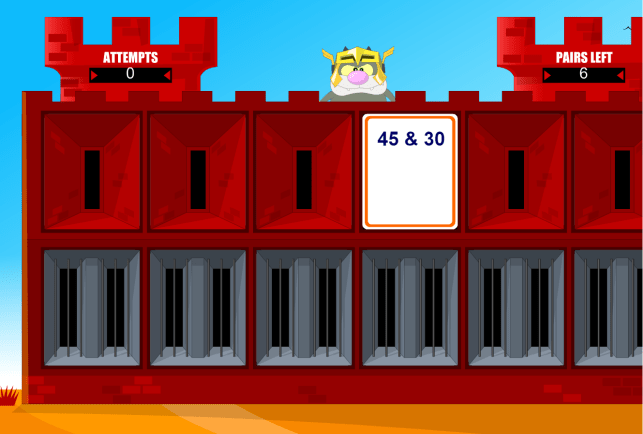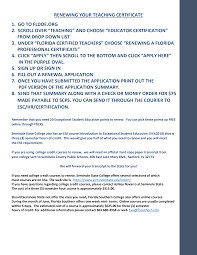
Teachers need to be more than just proficient in phonics in order to teach children reading. Children need to make meaning of print in order to read and write. Understanding vocabulary and background knowledge is the first step. The process requires children to be able to read and recognize all words visually.
The development of phonological consciousness
Phonemic awareness can be a valuable skill in learning how to read. It allows the student blend, manipulate, and delete sound in a word. To help develop this skill, students can use manipulatives like objects to hear repeat and repeat sounds. Once a student is able identify these sounds and can hear them, they can then move on and learn words with digraphs as well as long vowels.
A good reader is one who can process phonological information. Through research-based teaching methods, it is possible to teach phonological knowledge.
Oral language
To read aloud is one of best ways to teach children to read. Reading to your child helps you teach them how to read. It also helps you develop vocabulary and conversation skills. Reading to your child every day is an effective way to reinforce these skills. To help your child learn the language, rhymes and songs can be used.

Research shows that repeated exposure in a rich language environment can lead to successful communicators as well readers and writers. Parents should teach their children oral communication skills as soon as possible. This includes reading to, talking to, and encouraging their interaction with other adults. This third installment will discuss the benefits of reading to children. We'll also cover strategies to boost children's oral vocabulary skills.
Whole-word approach
A controversial approach to reading is the whole-word approach. This method draws heavily upon constructivism and behaviorist learner theories. Although both approaches employ the same methods, they serve different purposes. Behaviorist learning theory is linked to the Harvard psychologist B.F. Skinner, while constructivism is associated with Russian psychologist Lev Vygotsky.
The whole word approach to learning to read focuses on giving children multiple ways to figure out words they don't yet recognize. First, the whole word approach begins by breaking a word into its parts. Second, students look at the pronunciation of each word and its place in a sentence.
A context for Phonics
Learning to read is a part of phonics. The Becoming a Nation of Readers report from the National Academy of Education found that children who learn phonics have a easier time identifying words. This report provides useful phonics strategies like teaching letters separately and then blending them to help children recognize words. The report states that children learn phonics best when they are able to practice the skills in real sentences.
EYFS Phonics is an essential part of the curriculum. Early years professionals must prepare children for Key Stage 1. It involves teaching children to associate the sounds of letters with words. It involves teaching children how to decode regular words, read aloud and write words that correspond with their spoken sounds.

Reading Eggs
Reading Eggs online program is a great way to teach your child how to read. It is based upon five pillars of instruction in reading, and allows students build on their skills one step at time. It creates a fun learning environment that is game-like. It is recommended for children between seven and thirteen years of age. You can try it out for free to see if it's the right program for your child.
Learning to read is a complex process, but a good program can help your child build up their reading skills quickly. Reading Eggs also offers an arcade, which includes games in mobile format that encourage children to interact with books. There's also an interactive area that allows children to practice math facts. The app also features an avatar, which allows kids to personalize and decorate, and a quiz program that tests how much a child knows about a specific subject.
FAQ
What is the difference between school and college?
Schools are typically divided into classes or grades with a teacher who teaches students. Colleges are bigger organizations that offer more specialized courses and may include university-level courses. Schools usually focus on basic subjects while colleges may offer a variety of subjects including arts, science, languages, business, etc. The curriculum at both levels is designed to prepare students for further study at higher levels.
What do you need to become a teacher in early childhood?
It is important to decide whether you want to enter early childhood education. If so, then you will need to get your bachelor's degree. Some states require students hold a master's degree.
You will also likely need to attend classes during the summer months. These courses are about pedagogy, the art of teaching, and curriculum development.
Many colleges offer associate degrees that lead directly to a teaching certificate.
Some schools offer bachelor's or certificates in early childhood education. Others only offer diplomas.
You may not require additional training if you are planning to teach at your own home.
What are the alternatives to school?
An alternative school is a school that offers students with learning difficulties education with the help of qualified teachers who are sensitive to their individual needs.
Alternative schools provide special education opportunities for children with special needs.
Additionally, they receive extra support when necessary.
An alternative school is not just for those who have been excluded from mainstream schools.
They are available to all children, regardless of their ability or disability.
Statistics
- Think of the rhetorical power of nineteenth-century abolitionist Harriet Beecher Stowe, Martin Luther King, Jr., or Occupy Wall Street activists with their rallying cry of “we are the 99 percent.” (bostonreview.net)
- Globally, in 2008, around 89% of children aged six to twelve were enrolled in primary education, and this proportion was rising. (en.wikipedia.org)
- They are more likely to graduate high school (25%) and finish college (116%). (habitatbroward.org)
- In most developed countries, a high proportion of the population (up to 50%) now enters higher education at some time in their lives. (en.wikipedia.org)
- They are also 25% more likely to graduate from high school and have higher math and reading scores, with fewer behavioral problems,” according to research at the University of Tennessee. (habitatbroward.org)
External Links
How To
How to enroll in homeschooling
Homeschooling is a method of teaching children subjects at home. This includes reading books and watching videos, performing exercises, listening to music, and learning through various methods. Because it allows students to learn at their own pace, develop skills such as problem-solving and critical thinking, self-discipline and communication, and social skills, it is one of the best ways to learn.
Many people want their children to be educated at home. This is especially true for working parents. They have the option of homeschooling which allows them to put their energies into their children's education without needing to worry about someone taking care of them at work.
There are many benefits to homeschooling. These include the ability to think critically, creatively, expand their knowledge base and improve their language skills.
The main objective of homeschooling is to provide quality education to children so they can become successful adults. However, certain requirements must be fulfilled before starting homeschooling. You must determine if your child is eligible for public or private school. If you decide to start homeschooling, you should consider what kind of curriculum you will use. There are many types of curricula you can choose from online depending on your preferences, budget, and level. There are many options, including Waldorf, Montessori, Waldorf and Reggio Emilia. Charlotte Mason, unschooling and natural learning. A second requirement is that you ensure you have the right resources in order to teach your child. This means buying books, educational materials as well as computers, electronics, toys, and games. These items can either be bought online or at local stores.
After you have completed the previous steps, it is time to register yourself as an homeschooling parent. The best way to do this is to contact your state department of education and ask for guidance. You can fill out the necessary forms and receive guidance about how to start homeschooling.